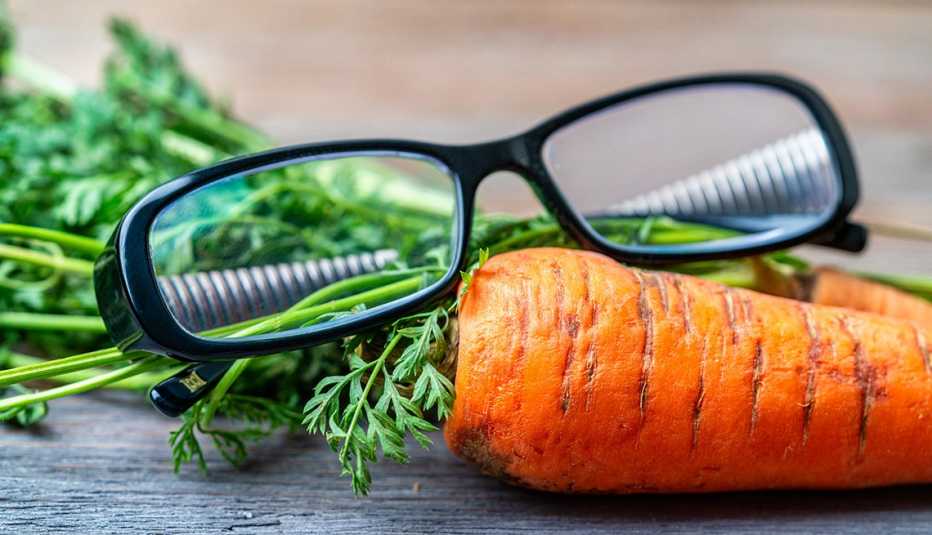AARP Hearing Center


My grandmother, a Polish immigrant, made my mother wear a homemade necklace of garlic cloves to ward off germs. What it did was ward off classmates, who ran away from the smell. Coincidentally, my mother tells me she rarely got the flu.
She filled me with a multitude of old wives’ tales, traditional folk healing that might not be backed by science. An apple a day keeps the doctor away. Don’t go out with wet hair or you’ll get sick.
As a child, I was forbidden to swim until an hour after eating, otherwise I’d drown, warned my mother. It’s true that after you eat, blood travels to the digestive system and away from muscles. Yet the Red Cross Scientific Advisory Council discredits a cause and effect between eating and drowning, according to “Old Wives’ Tales and Truths,” reported by McGill University’s Office for Science and Society.
Many physicians disclaim nontraditional health remedies. The oddest one I ever heard was putting onions in your socks to cure a cold — completely unproven. When I once asked my internist about a home remedy, he responded, “That’s a bubbeh mayseh,” an affectionate Yiddish expression that translates as a tale from a grandmother.
Natural health remedies have been around for centuries — well before we had flu vaccines and antibiotics. Are they just untrue stories or superstitions or is there some medical explanation?
Feed a cold, starve a fever ... or the opposite?
Everyone knows how miserable the common cold makes you feel. You can’t taste anything and your appetite disappears. It’s only natural to grab soothing liquids like soup; even if it doesn’t make your congestion miraculously disappear, it keeps you hydrated. My mother used to quip, “If you treat a cold, it’ll last seven days. If you don’t, it’ll last a week.”
Twelfth century physician Moses Maimonides advised his patients to use the iconic chicken soup cure. Today, chicken soup has been proven to increase mucus flow and perhaps help the body fight off viruses. A study by Stephen Rennard, M.D., a scientist at the University of Nebraska, found that chicken soup may have anti-inflammatory properties. It’s also filled with cysteine, a healing amino acid. Soup’s electrolytes replace lost potassium, offsetting dehydration. If you make your own soup, the best healing vegetables to add are carrots, onions and parsnips.




































































More From AARP
First Comes Love, Then Comes Marriage
Young people may pooh-pooh marriage, but its benefits can’t be denied
Armchair Expert
10 free classes you can take from your couch
Heroic Uber Driver Stops to Rescue People From Fire
Fritz Sam ran into a burning building — and still got his passenger to the airport on time